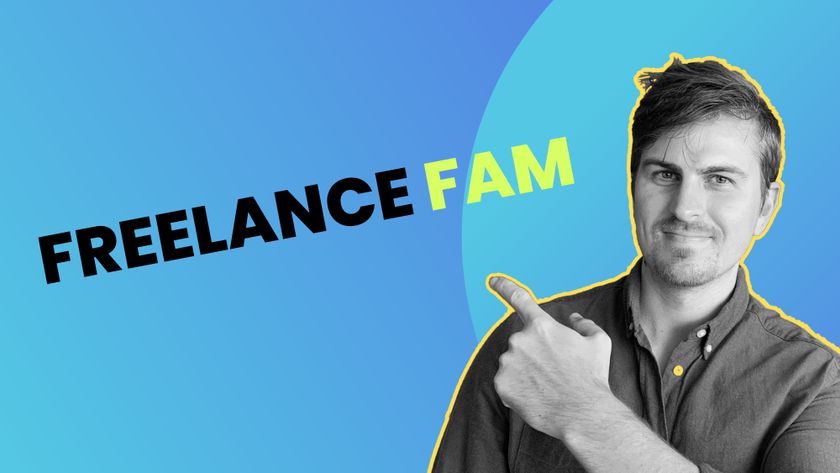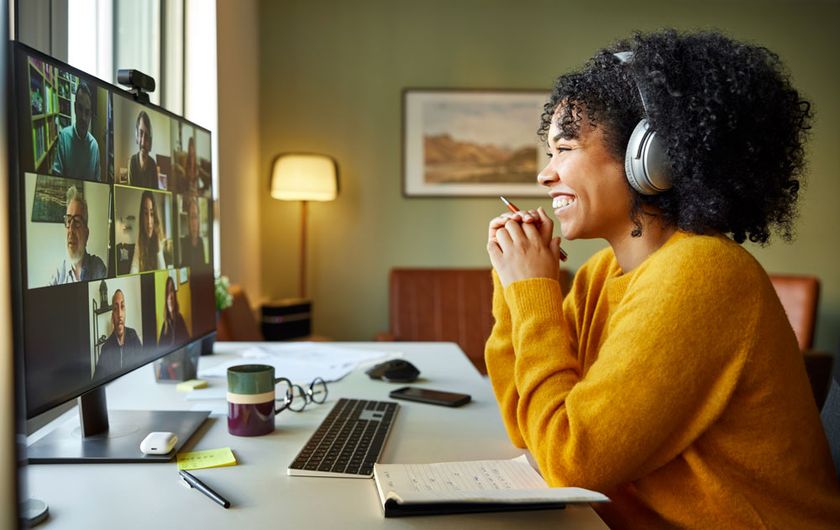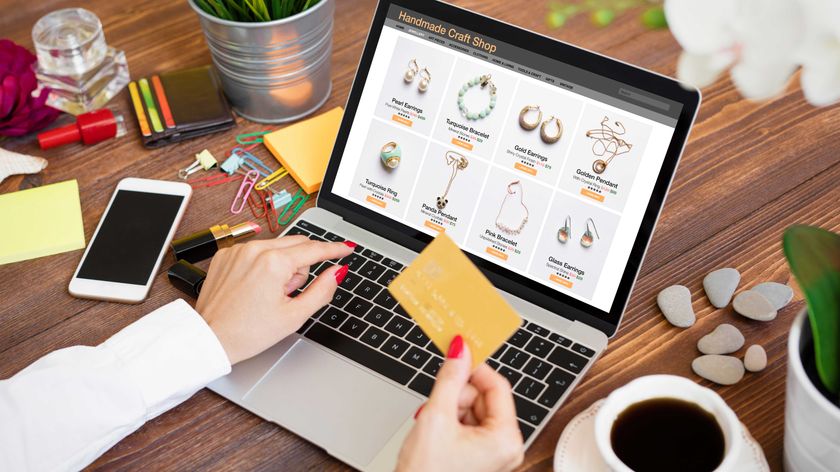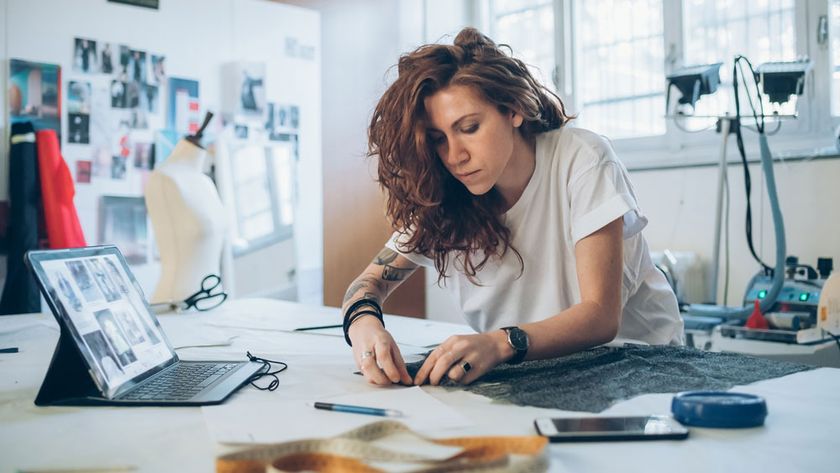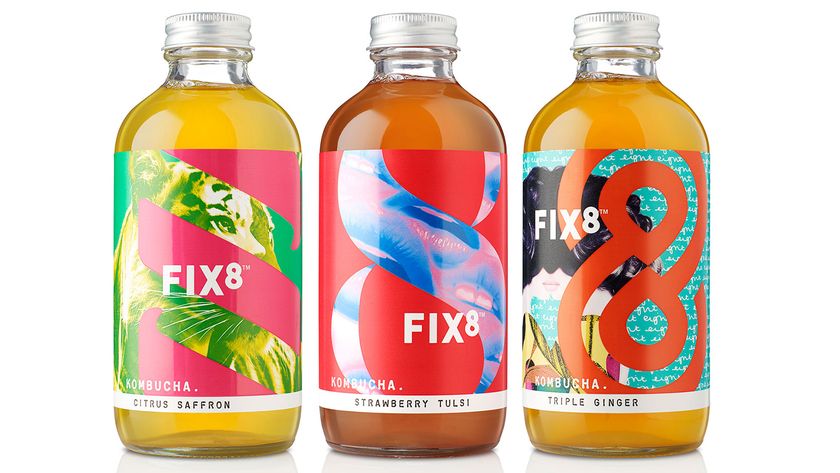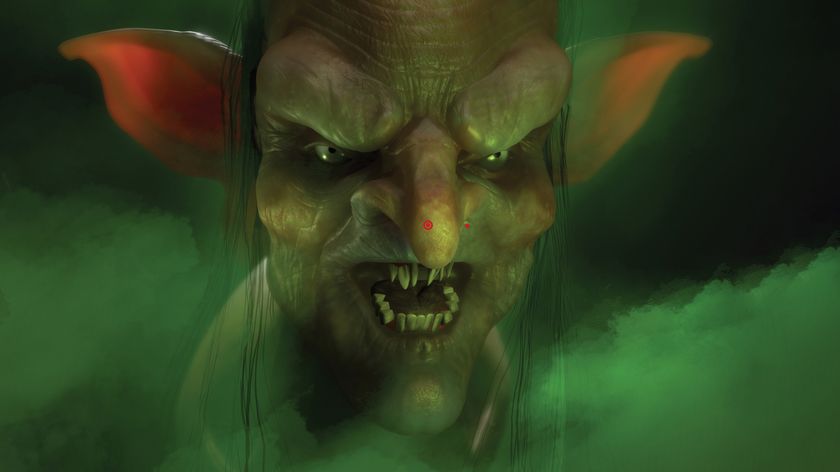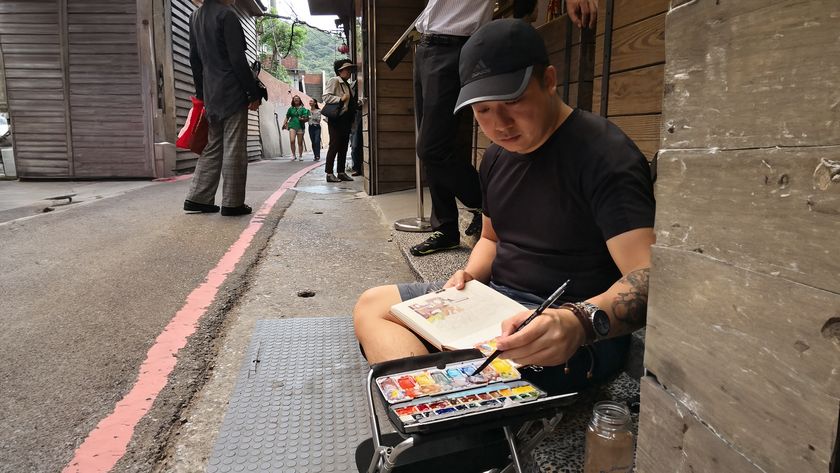Gavin Potenza on combining studio buzz with freelance freedom
The illustrator and designer explains why sharing a bustling workspace with five creatives gives the buzz of a studio with all the freedom of freelance.
Raised in upstate New York, Gavin Potenza began his love affair with design at the tender age of 14 when creating a wrestling website for the WWF. He learnt two valuable lessons that day: he really wasn't a fan of wrestling, and he liked designing websites. The next stop was art school.
Potenza swapped East Coast for West Coast and headed to Portland, where he stuck out his design course for two years before dropping out to take up a job offer at Nando Costa's motion studio, Nervo. After just a year, the freelance lifestyle beckoned and, before long, he was on a plane back to his home town and promptly picking up an ADC Young Gun award for his next creative efforts.
However, rather than locking himself away alone in a back bedroom, Potenza shares the former packing room of the old Eberhard Faber pencil factory in Brooklyn with fellow creatives Dan Cassaro, Liz Meyer, Ping Zhu, Leandro Castelao and Jessica Hische. Aptly named Boxing & Labeling Dep't, this loose collective of designers and illustrators produces an exciting hive of energy that really keeps creative block at bay…
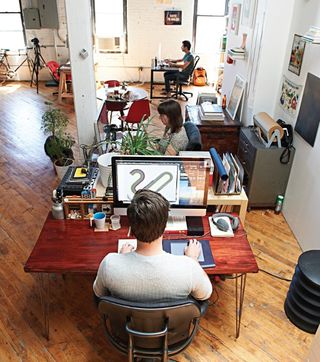
Does working surrounded by other designers help keep you inspired?
We're all so creatively different, and we each have our own unique processes and ways of working. It's really nice to be around others with such different perspectives because it kind of pushes you forward in your own way of thinking and creating. Say you have a certain way of doing things, another person in the studio will probably have a completely different idea of how to approach it. It keeps you on your toes, because you're constantly coming across these new and unexpected ways of thinking.
In the building there are about 30 other creatives as part of The Pencil Factory, so it's great to have this super-talented creative community in such a large city. Working at home can sometimes keep you stuck in your own old ways, and this can become really stifling.
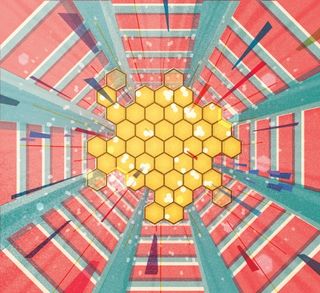
Did you know the others before sharing a studio space with them?
Well, Liz is my girlfriend, and we've been friends with Jess and Dan for a while. Ping and Leandro just moved to New York, but we've admired their work for some time. It was important for us all to have people in the studio who would be really inspiring, who work hard and who we could be around for all hours of the day.
How does Portland compare to NYC?
NYC is just this huge endless pool of creatives, so it really forces you to be super-ambitious and always churning stuff out. Portland moves at a much more comfortable pace and there's a really tight-knit creative community. I always felt like New York was a great place to work, whereas Portland's a great place to live.
Do you consider yourself a designer or an illustrator, first and foremost?
I studied design, and I consider myself a designer – but I've always had a more stylistic approach to it. I'm not a typical illustrator, but I still love telling stories. It's a weird combination for me, and I typically seek out a more abstracted approach. A more conceptual thought process produces more interesting results, so I try not to be too literal.
People often come to me when they have really abstract ideas that they need help visualising. Back in 2009, when infographics were starting to gain traction, I decided to try and bring something new to the table with a more illustrative approach, which meant people began to see me as more of an illustrator.
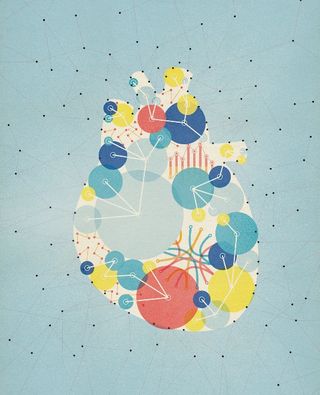
Do you struggle for inspiration when tackling abstract or potentially dry subject matter?
Typically, these types of outlets have a lot of boring content to deal with, whether it's charts and graphs or if they need to represent a dull business concept, so I think they're always looking for new and exciting ways to freshen things up. You can only show two men with briefcases shaking hands so many times.
I have a more conceptual and abstract approach that I think tends to play well with a lot of these ideas. It does get a little tough because I have a natural tendency to show the more obvious solution - I have to fight the urge to draw that briefcase - but I try to push past that, and really explore the ideas and visuals to see where else we can go with it.
There's often a subtle texture applied that gives your work a more handcrafted feel. What does this bring to your work?
Most people experience my stuff on the web. When I was first getting started, I loved the idea of giving people something a bit more tactile and 'real' feeling, although they are only experiencing it on the internet. It also has to do with my love for old-fashioned printing methods and processes, where these natural errors would occur while being printed. I think it just brings a bit more of a warm, handmade feeling to it all, so it seems less like a robot made it.
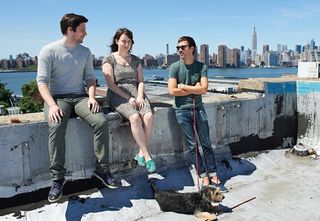
You once said that you wanted to become an astronomer. How did that work out?
I get bored quickly, so I used to joke around that once I got bored with design and illustration, I'd probably end up as an astronomer. I grew up in the same town as [American astronomer] Carl Sagan - my grandfather was his optician - so I had this early fascination with space and astronomy. I love the idea that no matter how much we explore the cosmos, we may never find any answers, and I think I try to keep a similar ideology in my own work - to just keep exploring the vast unknown creative space in my brain.
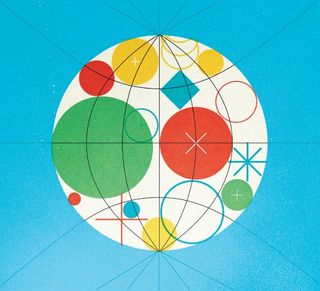
What can we expect to see from you next?
I'm actually forming a new company with Liz [Meyer] that will be our commercial outlet together. Although we've collaborated a bit in the past, it's going to be fun to have someone right there with me, working on things on a daily basis.
Another focus going forward is to do more personal projects - some that are more meaningful to me, and that I feel I'm ready to share with others. When you think about it, it's really amazing to be busy and have consistent work. But at the same time, when you're busy you lose sight of what you're doing and where you're headed. I'm learning that the key is to maintain a healthy balance of personal work and client work. As designers, we become too reliant on solving other people's problems, and quickly lose sight of how to solve our own problems."
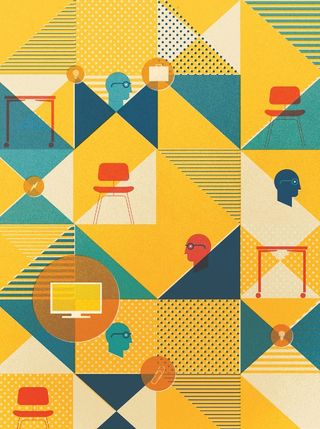
Words: Nick Carson Photography: Joby Sessions
This article originally appeared in Computer Arts issue 223.
Liked this? Read these!
- The designer's guide to working from home
- Download the best free fonts
- Great examples of doodle art

Thank you for reading 5 articles this month* Join now for unlimited access
Enjoy your first month for just £1 / $1 / €1
*Read 5 free articles per month without a subscription

Join now for unlimited access
Try first month for just £1 / $1 / €1
Get the Creative Bloq Newsletter
Daily design news, reviews, how-tos and more, as picked by the editors.
The Creative Bloq team is made up of a group of design fans, and has changed and evolved since Creative Bloq began back in 2012. The current website team consists of eight full-time members of staff: Editor Georgia Coggan, Deputy Editor Rosie Hilder, Ecommerce Editor Beren Neale, Senior News Editor Daniel Piper, Editor, Digital Art and 3D Ian Dean, Tech Reviews Editor Erlingur Einarsson and Ecommerce Writer Beth Nicholls and Staff Writer Natalie Fear, as well as a roster of freelancers from around the world. The 3D World and ImagineFX magazine teams also pitch in, ensuring that content from 3D World and ImagineFX is represented on Creative Bloq.

